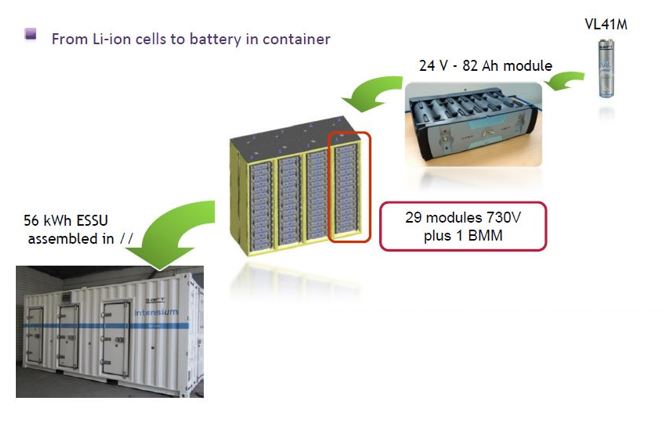STABALID:
STAtionary Batteries LI-ion safe Deployment
The development of the Smart Energy Networks is a key priority to
facilitate the transition to a more sustainable energy supply in Europe.
Li-ion battery is a very promising technology for improving the
penetration of renewable energy sources (RES) in the energy mix and
enabling a better management of energy in the European grid. The overall
objective of the STABALID project is to facilitate the deployment of
safe stationary batteries with energy content over1 MWh and cell size
larger than 10 Ah. To this end, the consortium will developa new testing
procedure for stationary batteries that will become a new international
standard document for this kind of energy system. The safety testing
procedure will be developed based on a detailed risk analysis and
thereview of international existing standards (including those in
preparation)applicable for stationary batteries, and taking into account
the on-going research work on Li-ion batteries and on Electric Vehicle
charging at EU (e.g.HELIOS, MERGE, SOL-ION projects) and national
levels. The new standard will be developed to guarantee safety during
the whole life cycle of the batteries. In addition, the consortium will
propose a strategy and roadmap to establish aharmonized regulatory
framework in order to allow a safe implementation, operation and end of
life of large Li-ion batteries for grid applications. The project and in
particular the testing procedure will be developed in close cooperation
with Japan thanks to collaboration with selected projects financed by
METI and NEDO. STABALID project is technically led by a world leading
manufacturing company, SAFT, and involves a utility company as
representative of end-users, EDPD, as well as reference organizations
for safety inspection, testing, certification, and for integrated risk
management. Thus, the consortium ambition is to have the new standard
adopted during the course ofthe project using established connection
with IEC committees.
|
|
